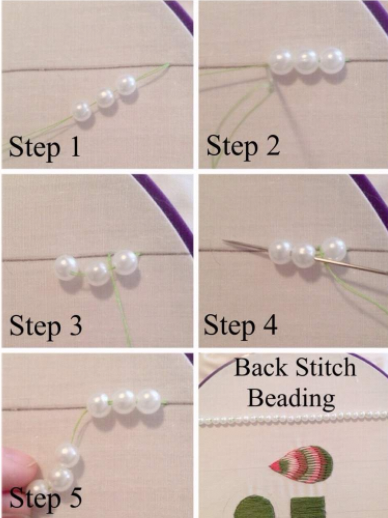Beading and Embroidery research
- emmaburke2701
- Sep 3, 2019
- 2 min read
Updated: Oct 21, 2019
Books:
Thompson, Angela. Embroidery with Beads. Lacis, 1992.
Conlon, Jane. Fine Embellishment Techniques: Classic Details for Todays Clothing. Taunton Press, 2005.
I have researched into beading and digital embroidery as these are two techniques I want to incorporate into my collection- beading and embroidery are traditional techniques used in bridal from very early on, incorporating them into my modern non-traditional collection brings the old into the new. I was introduced to digital embroidery this year in semester 1
Beading methods:
Tambour beading- is an offshoot of tambour embroidery and an eminently practical method of producing beaded motifs, bands and overall designs. Tambour beading uses a tambour hook- the hook consists of two parts: the tambour needle and a separate holder. Tambour needles are shaped like tiny crochet hooks, but unlike crochet hooks they are designed to pierce fabric and have an extremely sharp point at the working end. I have purchased a tambour hook online that comes with three different needle sizes- the finest needle is the one I will be using (#70) which is used primarily for fine silk and sheer materials.
I tried tambour beading after purchasing a special tambour hook but I couldn't get my head around it and it wasn't working with my fabric, I decided this will have to be skill that I will continuing to learn after uni.
I then moved on to other hand beading stitches.. https://www.thesprucecrafts.com/introduction-to-stitches-techniques-beading-340089
Back Stitch Beading:
Step 1: Pull your needle and thread up at the beginning of your line and thread on three beads.
Step 2: Put your needle down at the end of those three beads.
Step 3: Pull your needle up beside your line of beads between the first and second bead.
Step 4: Thread your needle through the second and third beads.
Step 5: Thread three more beads onto the thread and then put the needle down at the end of those three beads. Repeat until beads cover your desired length.




Comments